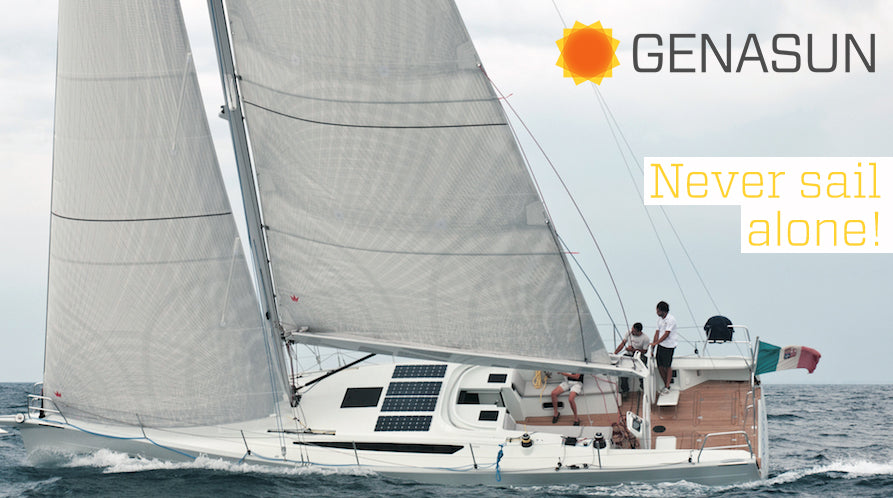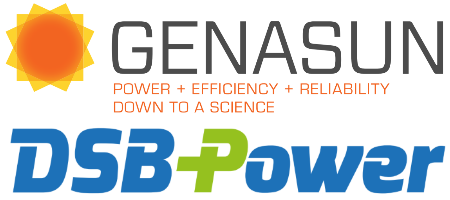
Efficient solar system for your boat
Share
Modern sailboats and pleasure crafts demand a lot of power, both when they are sailing on the wind or underway by motor. The traditional way to generate that power is through the vessel’s engine or generator. But engines depend on fuel and are noisy, dirty, and often unreliable systems. It is better to meet your power needs at sea through on-board solar panels and battery storage.
Unlike most off-grid solar systems, sailboats and other watercrafts are unique in the way their solar panels are deployed, which means the wiring and control systems for those panels have to be unique, as well.
In classic off-grid solar applications, such as a rural cabin or an RV, solar panels are installed on a single surface and share a common angle to the sun. This type of installation results in each panel seeing the sun in the same way as the other panels on the system, allowing for a single charge controller to efficiently manage all of the panels at once as they charge the batteries.
Solar systems for watercraft are different, and may look completely different from boat to boat. Given variation in hull design, masts, rigging, cockpit arrangement, deck angles, and aftermarket customizations, there are very few standard surfaces on any boat. Moreover, it is rare that any of these surfaces experiences the sun in precisely the same way as the others at any given moment. Each solar panel deployed across these varied surfaces will have a different angle of incidence, different shading, and even different sizing than each of the other panels in the system. No single charge controller on such a system will deliver the maximum power possible to your batteries at any time–even in the fairest of weather. The constant motion of the boat, passing clouds, and irregular shadows caused by the rigging and structures of the vessel will hamper the system’s ability to reach its potential, every time.
These unique problems require a different approach to solar system design. Since the panels will be operating under different conditions, they will have different optimum operating voltages (the “Maximum Power Point” or “Vmp”). The conventional approach of connecting all panels to the same charge controller would force them to operate at the same voltage, preventing them from reaching their potential. Instead, the optimal solution is to pair each panel with its own smaller and faster maximum power point tracking (MPPT) controller. When managed by its own MPPT controller, each panel will deliver the most power possible at any given moment, even with overcast skies, intermittent partial shading, or low-angle light.
Advanced MPPT controllers like those from Genasun work by tracking the panel operating point up to fifteen times per second. Fast tracking speed allows the panel to run at its most efficient voltage in any given situation and extracts the most power possible to charge your batteries to their necessary voltage, with almost no loss. With a small, fast MPPT controller for every panel, your system will deliver more power than if it utilized a single, large MPPT controller. Against conventional PWM controllers, a well-designed MPPT system can deliver over 30% more power in sub-optimal conditions.
Solar power at sea is reliable, clean, silent, and beats relying on your engine when the sails are full. So when you design your marine solar system, be sure to maximize the effectiveness of your panels by giving each of them their own controller. Your overall system size can be smaller, and you will have more efficiency, more reliability, and the freedom to sail anywhere with power at hand.

